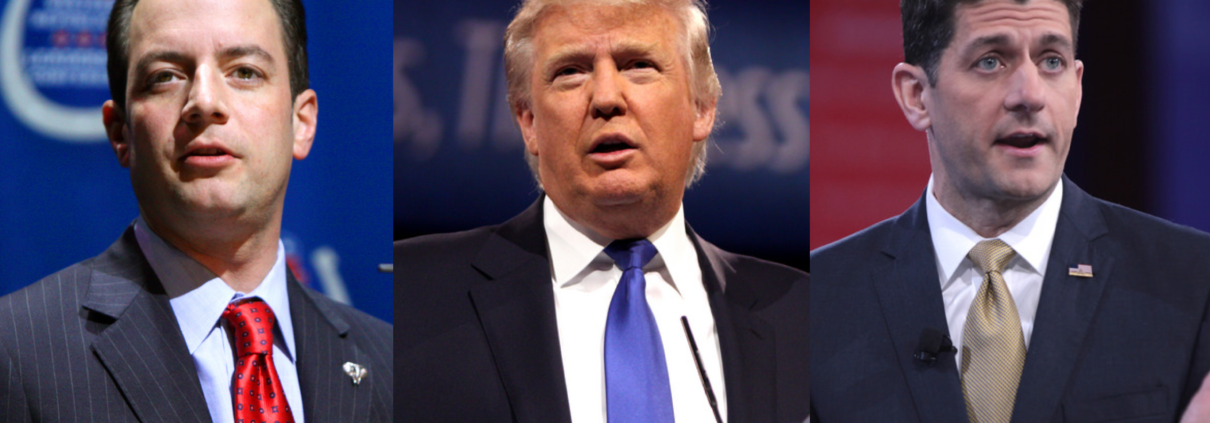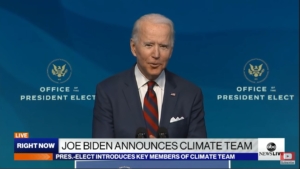What’s on TAP for Tax Reform?
Despite all of the process stories claiming there is chaos between the incoming administration and Hill Republicans, the fact remains that the stars are aligned for comprehensive tax reform to happen this year. The White House and both chambers of Congress are solidly in Republican hands. House Speaker Paul Ryan has long had has a detailed tax reform plan. He has an excellent working relationship with incoming White House Chief of Staff and fellow Wisconsinite Reince Priebus, who has been a close friend of Ryan’s for two decades. This relationship could serve as the catalyst for ironing out key areas of overlap and differences with President-elect Trump. And, House Ways and Means Committee Chairman Kevin Brady Rep. Kevin Brady (R-TX) has his staff doing the heavy lifting of writing the legislation. As part of The Administration Project at Delve, we’ve been closely watching Trump’s nominees in key cabinet positions, including Steve Mnuchin for Treasury Secretary and Wilbur Ross Commerce Secretary, both of whom stand ready to sell any tax reform package to businesses on Wall Street and Main Street.
But, the direction, timing, and shape of comprehensive tax reform depend on whether or not some level of unity can be achieved inter-party and intra-party. Here are the three political items you need to watch within the tax reform debate as we transition into the Trump administration:
Dancing With Chuck: Both Trump and Congressional leadership have indicated that they would like to make comprehensive tax reform a bipartisan effort, even though Hill Republicans have reserved the option of pushing legislation through the budget reconciliation process. In order to cross a filibuster-proof 60-vote threshold in the Senate, the President-elect will need to work with Senate Minority Leader Chuck Schumer to build the necessary Democratic support.
Subscribe to Receive Insights
"*" indicates required fields
For his part, Schumer already has said he’s willing to work with Trump. But there are three items necessary for him to get on board: (1) funding and passage of an infrastructure bill that includes an acceptable level of new federal spending, not just private sector tax credits or other investment incentives, (2) a reduced corporate tax rate to bring home to his New York donors and constituents, and (3) targeted tax cuts for the poor and middle class to allay his more liberal colleagues’ concerns regarding legislation that will inevitably include tax cuts for individuals and families higher up on the income scale.
Looking Back At Trump’s Original Tax Plan: A good indication of how much Trump is willing to negotiate with Congress on finalizing the details of a legislative package is the evolution of his own tax reform plan during the past year and a half of his campaign. I had the opportunity to help draft the President-elect’s original tax plan released in September 2015. The proposal focused on several key objectives: (1) real tax relief for middle class Americans, (2) simplifying the code to reduce tax preparation burdens on families and job creators, and (3) growing our economy and creating jobs by discouraging corporate inversions and increasing U.S. global competitiveness. Those objectives align well with Speaker Ryan’s tax reform goals. And Trump’s revised plan from last fall resembles Speaker Ryan’s even more closely. This alignment shows why tax reform will get done in the end, despite claims of division on some of the detailed provisions, such as …
Border Battle: As part of comprehensive tax reform legislation, Chairman Brady has constructed and promoted a plan creating a territorial, border adjustable, destination-based consumption tax where imports are taxed at a rate around 20 percent while exports are not. In other words, instead of taxing companies for their overseas profits at a rate of 35%, which is happening under the current system, the new plan would only tax companies for those imported goods. Congressional Republicans hope this will encourage companies to move their headquarters back to the U.S., raise revenue, and avoid calling the new border adjustable tax a tariff.
But, Trump has proposed different ideas, like a simple 35% border tax for companies that move overseas, recently telling the Wall Street Journal the House GOP’s border adjustability plan is “too complicated” and claims America could get “adjusted into a bad deal.” Yet, the President-elect recently backtracked his opposition, telling Axios border adjustability is “still on the plate.” How the White House and Congressional leadership attempt to find a middle ground on imports and exports will be critical to how fast legislation can be passed, the amount of revenue reform will produce, and whether the plan can stand the test of a potential World Trade Organization challenge.
While the headlines on tax reform claim there is chaos between the new Congress and the incoming Administration, a Republican close to the process recently told Politico, “The president-elect … and his team are talking to Hill leaders about these issues every single day. And all of our conversations are moving us closer, not apart. Tax reform … is going to be a long process with many ups and downs, and so everyone should take a breather for now and appreciate that we’re working as one team.” Outside of the rhetoric and rumors that always keep Washington on its toes, it’s the players in the room being aligned that will serve as the foundation for legislation that moves through the process. Our analysis of these players is central to The Administration Project at Delve, helping companies and causes separate real insights from the “noise” that clouds issues like tax reform. To learn more, click here.



